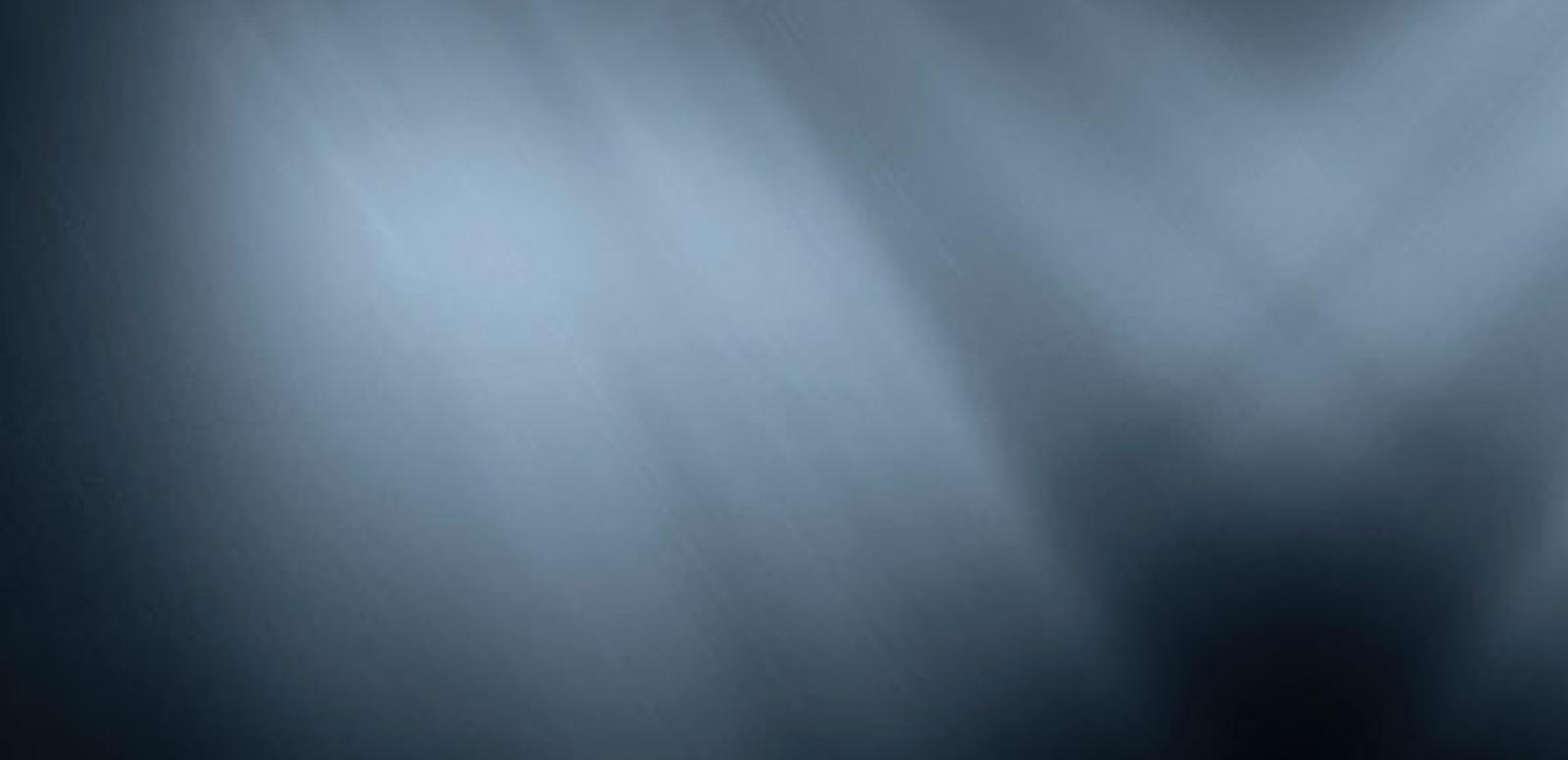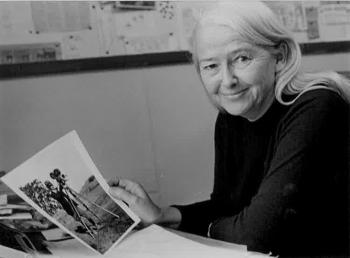

Vale Judy Adamson

Film historian Judy (Judith) Adamson passed away on 2 August 2013. A beloved figure in Australia’s screen industry, Judy was a supporter, over several decades, of the existence and activities of the NFSA.
She was also the recipient of our Ken G Hall Film Preservation Award in 2002, for ‘her renowned research which has resulted in the preservation of much of our film heritage. She has been instrumental in conducting and collecting oral histories from the film industry and in documenting the history of government filmmaking in Australia.’
In this blog post, Meg Labrum and Graham Shirley share their memories of Judy, and look at her priceless legacy.
Judy Adamson was one of my very first archival friends – as a young member of the then tiny National Film Archive at the National Library of Australia in the early 1980s, I met this unique, uncompromising woman whose dry humour and passionate commitment made me instantly warm to her. We were swiftly caught up in a mass of Judy’s papers. Research, clippings, notes, index cards and sundry other bits and pieces introduced me to Judy’s lifetime of hunting and gathering information. It was also the opening of the door for me to the vast story of government filmmaking in Australia. Judy’s passion and generosity in sharing her knowledge has remained a part of our relationship ever since.
Last year we worked with Judy and her family to create the Judy Adamson Collection at the NFSA. This meant a major uplift of much of Judy’s lifetime of papers, photos and newspaper clippings from her Greenwich home, followed by a huge sorting and cataloguing job. It is so good to know that Judy was able to see the Judy Adamson Collection come into being. I remember her being tentative about the idea of her identity being significant enough to warrant this formal title acknowledgement. She swung from wistfulness to delight when I made the suggestion a la the Stanley Hawes Collection which we had worked on years earlier. In fact Judy’s link to her collection is one of the fundamental keys to understanding its true value.
So vale Judy, and may your contribution to Australia’s film history remain a fitting tribute to a life well and passionately lived. I’ll miss you.
Meg Labrum
Senior Curator – Film, Documents, Artefacts
My first-ever glimpse of Judy had been when she appeared on ABC TV News to promote a 1970 retrospective of Australian cinema run by the National Film Theatre of Australia. As she described a sequence from Ken G Hall’s feature The Squatter’s Daughter (1933), she instilled confidence that she effortlessly had Australian film history at her fingertips. After I met Judy via Joan Long, with whom she had worked on the Australian cinema history series The Pictures That Moved (Alan Anderson, 1969) and The Passionate Industry (Joan Long, 1973), I got to know a person whose intellect moved way beyond cinema to embrace international history, a firm grasp of and strong views on Australian politics, a wide knowledge and love of literature, an ability to find humour in most situations, and a compassionate understanding of the way people ticked.
Judy and I worked together on two Film Australia projects, the first being a documentary about 1930s Australian cinema called Now You’re Talking (Keith Gow, 1979). Starting on the project as Judy’s co-researcher, I was awestruck by the large collection of 1920s-‘30s era Australian film stills that Joan Long and Judy had amassed as part of their work on The Pictures that Moved and The Passionate Industry, and which Judy and I now added to for Now You’re Talking. Not only had Judy placed each image and its duplicate negative into a polythene sleeve, but she had had the backing folder for each sleeve marked with film titles, actors and others appearing in the still, the donor and the rights-holder. She was meticulous in her approach to documenting history, and I was able to learn much from her on this project, as well as on the occasions she gave me shrewd, well-informed feedback on the drafts for the articles and chapters I wrote on Australian film history. When Judy and I researched the history of Film Australia in 1980 for a scoping document for a proposed book on the subject, she knew exactly where to find documents that would help our task from a multitude of archival sources.
Judy had worked for what later became known as Film Australia in the early 1950s, and returned there as a negative cutter in 1967 after raising four children. In between working on historical documentaries, she was research assistant to ethnographic filmmaker Ian Dunlop, and in the 1980s she became a union delegate at Film Australia for the Australian Theatrical and Amusement Employees Association. Joan Long always considered that where she herself had been given opportunities as a documentary writer and director, Judy was equally capable of such work. In the late 1970s, Judy condensed a complex story while injecting attention-grabbing details and personal touches for her book Australian Film Posters 1906-1960 (Currency Press, Sydney 1978). A decade later she directed two episodes, Using the Land and Economic Australia, of the 13-part educational series Film Australia’s Australia (1987), which used footage from Film Australia’s output to chart changes to Australian life since the early 1900s.
Despite the massive amount of research that Judy accumulated on the history of Film Australia, she never did get to write the book that she intended to write on the subject. Instead, she distilled much of her Film Australia historical research into what became known as her ‘red books’, a series of eleven folders that combined essential information about every film produced by Film Australia between 1945 and 1986. In time these folders were used by Film Australia Collection (FAC) Library staff to assemble a comprehensive database. On hearing of Judy’s death, Anna Nolan, FAC Library Manager, wrote to her staff: ‘Her long-held passion for the Film Australia Collection was admirable and her knowledge of the production and corporate years through to the 1980s was extraordinary. Judy’s red books have served us all well with the detailed information about the FAC titles, all now in our Titles database.’
In 2012 Judy donated to the NFSA several rooms full of her Film Australia historical research. Now catalogued and listed online via NFSA’s Search the Collection, Judy’s collection will be a rich resource for generations of historians into the future.
Graham Shirley
Manager, Access Projects
Judy Adamson Funeral Notice and Guest Book at The Sydney Morning Herald
The National Film and Sound Archive of Australia acknowledges Australia’s Aboriginal and Torres Strait Islander peoples as the Traditional Custodians of the land on which we work and live and gives respect to their Elders both past and present.